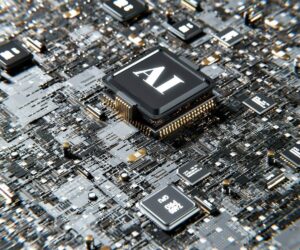Lab-Grown Meat: A Revolutionary Step Towards Sustainable Food Production
The world of food production is undergoing a significant transformation. The latest entrant in this arena is lab-grown meat, also known as cultivated meat. This innovative approach to meat production could potentially revolutionize our food system, offering a more sustainable and ethical alternative to traditional livestock farming.
What is Lab-Grown Meat?
Lab-grown meat is produced by taking a small sample of animal cells and cultivating these cells in a lab. These cells are grown in a controlled environment that mimics the conditions inside an animal’s body. The result is a product that is essentially the same as conventional meat.
The Journey So Far
The concept of lab-grown meat was once confined to the realm of science fiction. However, recent advancements have brought this idea to life. In 2018, the U.S. Department of Agriculture and the Food and Drug Administration announced a joint agreement to oversee the production of cell-cultured meat. This marked the beginning of a new era in food production.
Recent Developments with Lab-Grown Meat
Recently, the U.S. regulators approved the sale of chicken made from animal cells, allowing two companies, Upside Foods and Eat Just, to offer lab-grown meat to the nation’s restaurant tables and eventually, supermarket shelves. This approval has legitimized the production of lab-grown meat, not just in the U.S., but also on a global scale.
The Climate Impact
One of the major drivers for businesses focusing on lab-grown meat is its potential for reducing the climate impact of our current food system. Greenhouse-gas emissions from the animals we eat account for nearly 15% of the global total. Lab-grown meat production could potentially reduce greenhouse-gas emissions by between 78% and 96% compared with traditional meat production.
The Road Ahead with Lab-Grown Meat
While the approval of lab-grown meat is a significant milestone, the journey is far from over. Many challenges lie ahead, particularly in terms of scaling up production to meet commercial demands. How these companies navigate the shift from research labs to larger facilities will determine the future of lab-grown meat.
Conclusion
Lab-grown meat represents a promising step towards a more sustainable and ethical food system. As we continue to explore this new frontier, it’s clear that the future of food production could look very different from what we know today.













